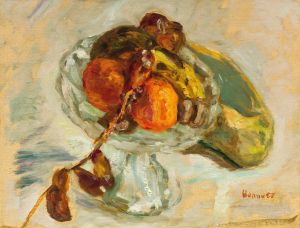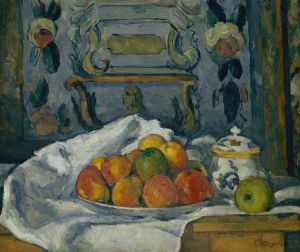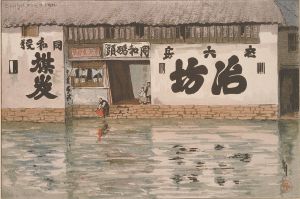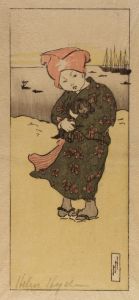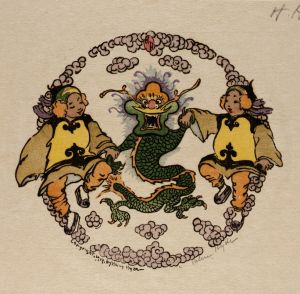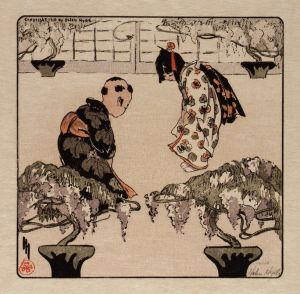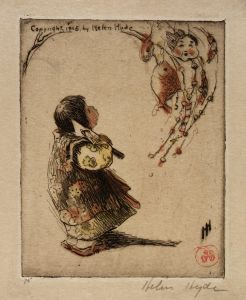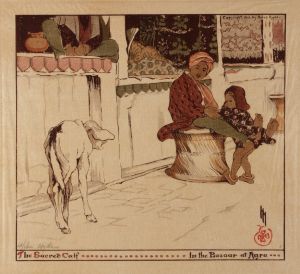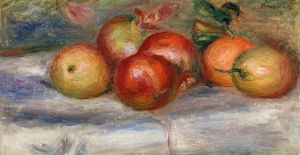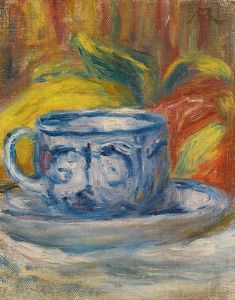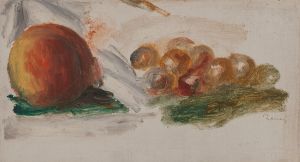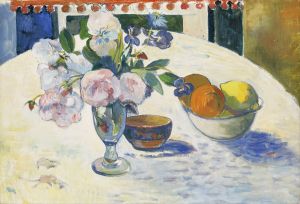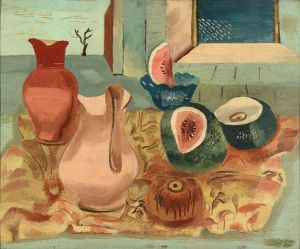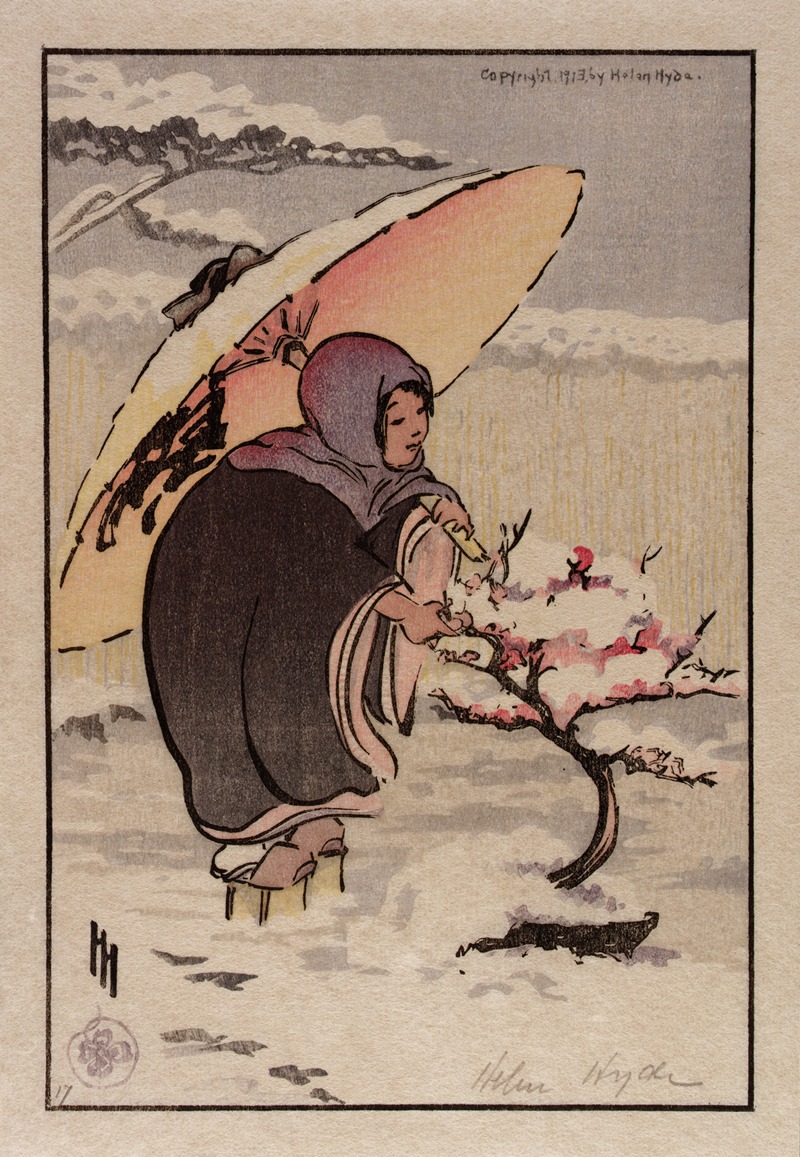
Little Pink Plum
A hand-painted replica of Helen Hyde’s masterpiece Little Pink Plum, meticulously crafted by professional artists to capture the true essence of the original. Each piece is created with museum-quality canvas and rare mineral pigments, carefully painted by experienced artists with delicate brushstrokes and rich, layered colors to perfectly recreate the texture of the original artwork. Unlike machine-printed reproductions, this hand-painted version brings the painting to life, infused with the artist’s emotions and skill in every stroke. Whether for personal collection or home decoration, it instantly elevates the artistic atmosphere of any space.
Helen Hyde (1868–1919) was an American artist known for her work in color woodblock printing, a technique she mastered and popularized in the United States during the early 20th century. Her work often depicted scenes of everyday life, particularly those inspired by her time in Japan. One of her notable works is "Little Pink Plum," which exemplifies her style and thematic focus.
"Little Pink Plum" is a color woodblock print that reflects Hyde's fascination with Japanese culture and aesthetics. Hyde was deeply influenced by the Japanese ukiyo-e tradition, which is evident in her use of color, composition, and subject matter. Ukiyo-e, meaning "pictures of the floating world," was a genre of Japanese art that flourished from the 17th through the 19th centuries, focusing on landscapes, tales from history, the theater, and pleasure quarters. Hyde's adaptation of this style for Western audiences contributed to the cross-cultural artistic exchanges of her time.
The print "Little Pink Plum" features a young girl, a common subject in Hyde's work, which often centered on women and children. This focus was partly due to her interest in capturing the innocence and simplicity of childhood, as well as the intimate moments of daily life. The title suggests the presence of plum blossoms, which are significant in Japanese culture as symbols of resilience and hope, blooming as they do in late winter and early spring.
Hyde's technique involved the use of multiple woodblocks, each carved to apply a different color to the print. This method required precision and skill, as the alignment of the blocks was crucial to achieving the desired effect. The process was labor-intensive and required a deep understanding of both the materials and the desired outcome. Hyde's prints are noted for their delicate lines and subtle color gradations, which she achieved through careful layering and blending of pigments.
Helen Hyde's work, including "Little Pink Plum," played a significant role in introducing Western audiences to Japanese artistic techniques and themes. Her prints were exhibited widely and received critical acclaim, contributing to the broader Japonisme movement, which saw Western artists drawing inspiration from Japanese art and culture. Hyde's ability to blend Eastern and Western artistic traditions helped pave the way for future cross-cultural exchanges in the art world.
"Little Pink Plum" and other works by Helen Hyde remain significant for their artistic merit and their role in cultural exchange. Her prints are held in various collections, including those of major museums and galleries, where they continue to be studied and appreciated for their beauty and historical significance. Hyde's legacy is that of a pioneer who bridged cultural divides through her art, bringing the delicate beauty of Japanese woodblock printing to a new audience and inspiring future generations of artists.





